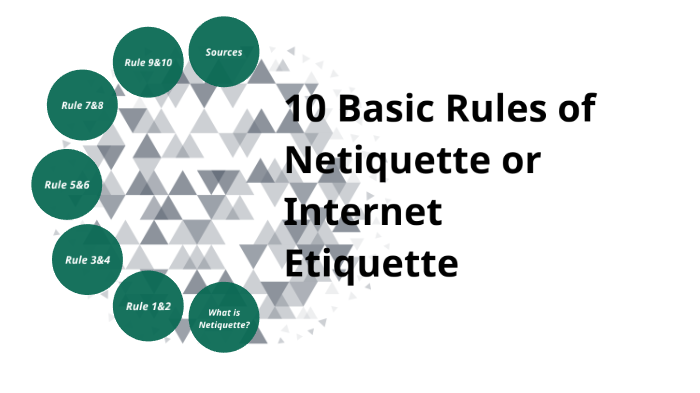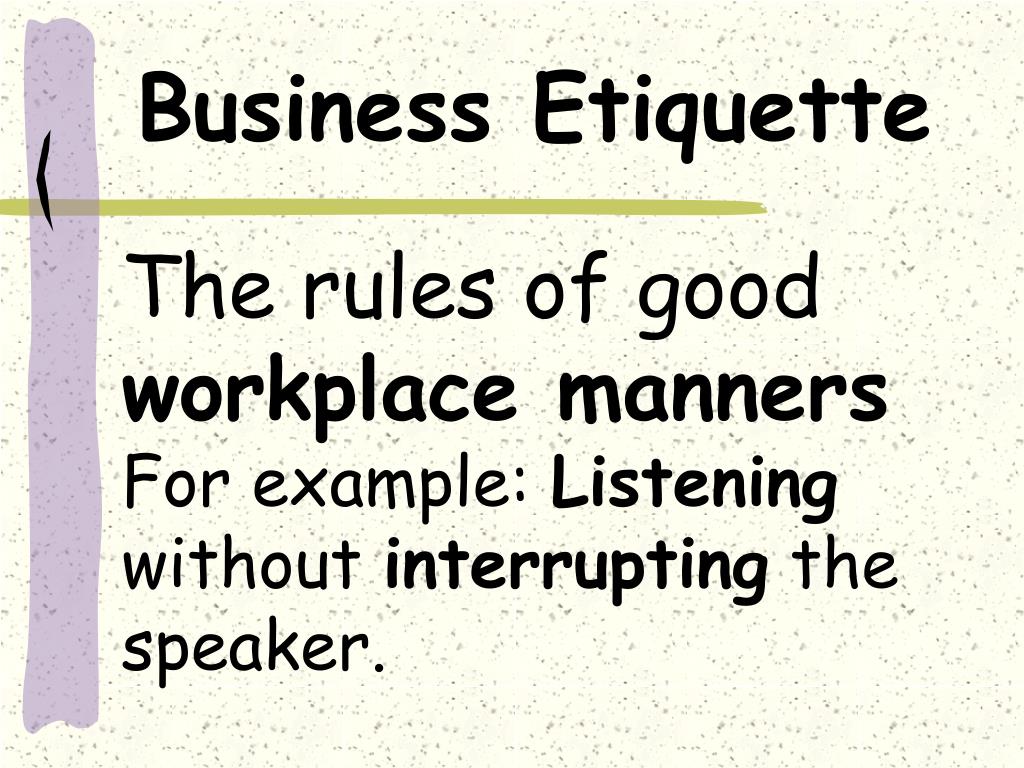club purchase that comes with rules of etiquette nyt
club purchase that comes with rules of etiquette nyt
- The rules of etiquette in internet communications and postings are called
- Formal rules of procedure or etiquette
Club purchase that comes with rules of etiquette nyt
Virtual meeting etiquette is all about showing professionalism and respect in an online setting. It’s about keeping distractions at bay, maintaining good team etiquette, and ensuring that communication flows smoothly https://online-el-royale.com/. In essence, it’s everything you’d do in an in-person meeting—just with the added twist of WiFi, video calls, and the occasional pet cameo.
Meeting Purpose Examples Here are 33 meeting purpose examples organized by meeting type. See Also: 31 Useful Meeting Goals & Objectives Download Our Meeting Agenda Library Want to get access to 50 meeting agenda templates? Download our meeting agenda library here. I only recommend products I use. Some of the links in this article are affiliate links that may provide Buildremote with a small commission at…
As a leader, you can find a balance between actively listening and participating in discussions. A good rule of thumb is to listen at least twice as much as you speak, especially when there are a lot of people in the room.
Let Fireflies help! Our AI notetaker takes your meeting notes and helps you stay present in the conversation. It transcribes, summarizes, and analyzes meetings so you can refer to, review, and extract important information from this note once the meeting is over.
Company culture starts at the top. As a leader at your organization, you set the tone for employees to follow when it comes to how everyone collaborates. A big part of that collaboration — especially for hybrid and remote companies — is what happens in meetings.
The rules of etiquette in internet communications and postings are called
Mobile phone use can be an important matter of social discourtesy, such as phones ringing during funerals or weddings, in toilets, cinemas and theatres. Some book shops, libraries, bathrooms, cinemas, doctors’ offices and places of worship prohibit their use, so that other patrons will not be disturbed by conversations. Some facilities install signal-jamming equipment to prevent their use. Some new auditoriums have installed wire mesh in the walls to make a Faraday cage, which prevents signal penetration without violating signal jamming laws.
Trains, particularly those involving long-distance services, often offer a «quiet carriage» where phone use is prohibited, much like the designated non-smoking carriage of the past. In the UK however many users tend to ignore this as it is rarely enforced, especially if the other carriages are crowded and they have no choice but to go in the «quiet carriage». In Japan, it is generally considered impolite to talk using a phone on any train; e-mailing is generally the mode of mobile communication. Mobile phone usage on local public transport is also increasingly seen as a nuisance; the Austrian city of Graz, for instance, has mandated a total ban of mobile phones on its tram and bus network in 2008 (though texting and emailing is still allowed).

Mobile phone use can be an important matter of social discourtesy, such as phones ringing during funerals or weddings, in toilets, cinemas and theatres. Some book shops, libraries, bathrooms, cinemas, doctors’ offices and places of worship prohibit their use, so that other patrons will not be disturbed by conversations. Some facilities install signal-jamming equipment to prevent their use. Some new auditoriums have installed wire mesh in the walls to make a Faraday cage, which prevents signal penetration without violating signal jamming laws.
Trains, particularly those involving long-distance services, often offer a «quiet carriage» where phone use is prohibited, much like the designated non-smoking carriage of the past. In the UK however many users tend to ignore this as it is rarely enforced, especially if the other carriages are crowded and they have no choice but to go in the «quiet carriage». In Japan, it is generally considered impolite to talk using a phone on any train; e-mailing is generally the mode of mobile communication. Mobile phone usage on local public transport is also increasingly seen as a nuisance; the Austrian city of Graz, for instance, has mandated a total ban of mobile phones on its tram and bus network in 2008 (though texting and emailing is still allowed).
Be sure to treat other people with consideration and respect when you’re commenting on something of theirs, whether it’s a Tweet, Facebook Post, or YouTube video. Part of being considerate is being aware of context and comment threads or anything posted in response to something have a specific context.
Cell phone etiquette is largely dependent on the cultural context and what is deemed to be socially acceptable. For instance, in certain cultures using your handheld devices while interacting in a group environment is considered bad manners, whereas, in other cultures around the world it may be viewed differently. In addition, cell phone etiquette also encompasses the various types of activities which are occurring and the nature of the messages which are being sent. More importantly, messages of an inappropriate nature can be sent to an individual and this could potentially orchestrate problems such as verbal/cyber abuse.
Formal rules of procedure or etiquette
Etiquette and protocol are both important aspects of social behavior, but they differ in their scope and application. Etiquette refers to the customary rules and norms that govern polite and respectful behavior in society. It encompasses a wide range of social interactions, such as greetings, table manners, and dress codes. Etiquette is often subjective and varies across cultures and contexts. On the other hand, protocol is a more formal and structured set of rules that guide behavior in official or diplomatic settings. It outlines the proper procedures and precedence to be followed during official events, ceremonies, or meetings. Protocol is often more rigid and standardized, aiming to ensure smooth and orderly conduct in formal situations. While etiquette focuses on general social interactions, protocol is specific to official or ceremonial occasions.
That said, you should not rely on them alone. If you’ve been selected as chair of a board or committee or simply want to understand how to properly act in a non-leadership role, pick up the latest edition of this classic book — Robert’s Rules of Order Newly Revised.
Board meeting etiquette extends beyond the meeting itself. It’s up to the chair or board secretary to provide a summary of the meeting, read the resolutions and the future steps. But board members should also review the post-meeting papers, raise any suggestions or concerns regarding possible meeting reviews, understand the resolutions, and carry on appropriately.

Etiquette and protocol are both important aspects of social behavior, but they differ in their scope and application. Etiquette refers to the customary rules and norms that govern polite and respectful behavior in society. It encompasses a wide range of social interactions, such as greetings, table manners, and dress codes. Etiquette is often subjective and varies across cultures and contexts. On the other hand, protocol is a more formal and structured set of rules that guide behavior in official or diplomatic settings. It outlines the proper procedures and precedence to be followed during official events, ceremonies, or meetings. Protocol is often more rigid and standardized, aiming to ensure smooth and orderly conduct in formal situations. While etiquette focuses on general social interactions, protocol is specific to official or ceremonial occasions.
That said, you should not rely on them alone. If you’ve been selected as chair of a board or committee or simply want to understand how to properly act in a non-leadership role, pick up the latest edition of this classic book — Robert’s Rules of Order Newly Revised.
Board meeting etiquette extends beyond the meeting itself. It’s up to the chair or board secretary to provide a summary of the meeting, read the resolutions and the future steps. But board members should also review the post-meeting papers, raise any suggestions or concerns regarding possible meeting reviews, understand the resolutions, and carry on appropriately.
